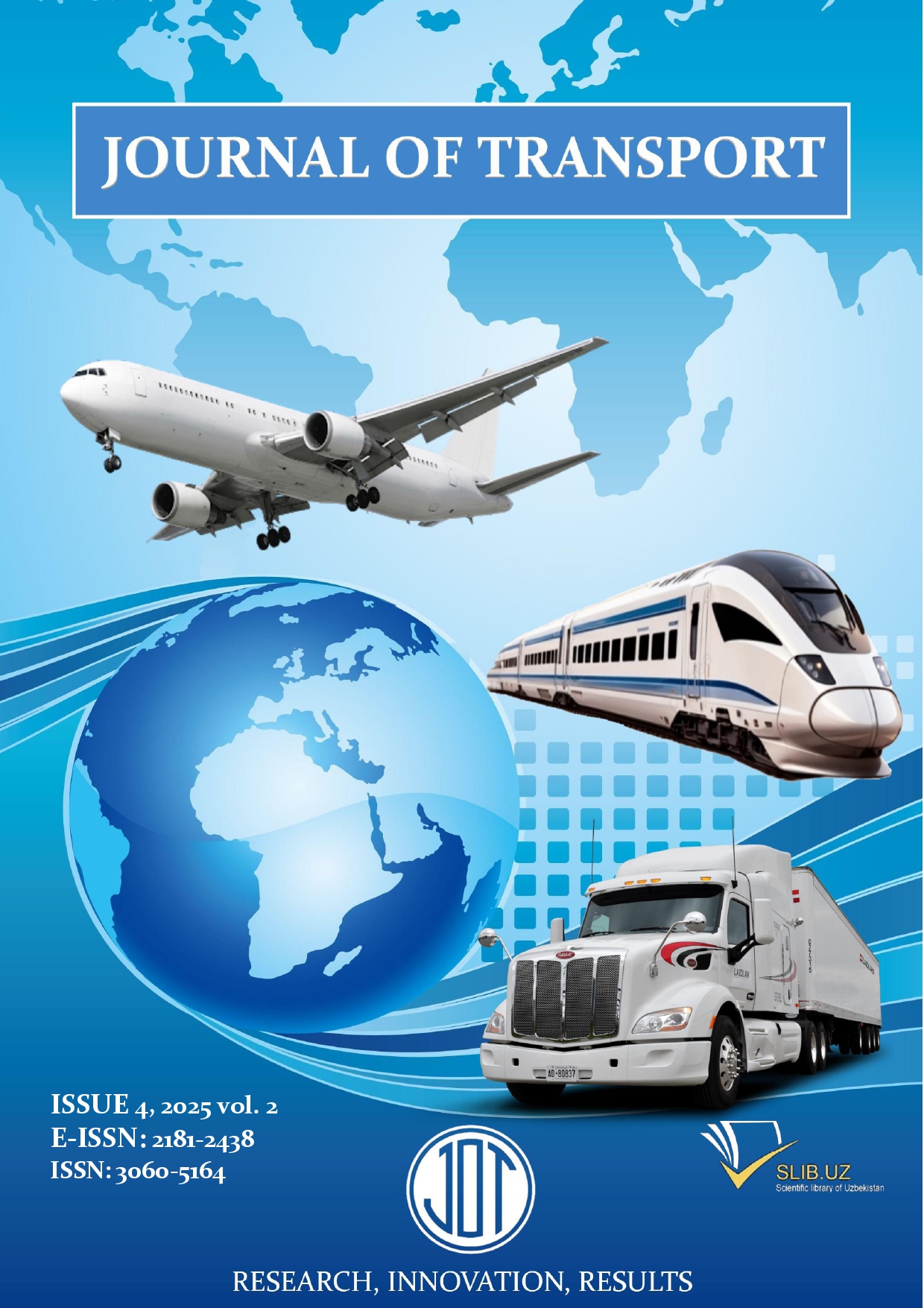W-Cu-Co-C tizimli materialni yuqori termobarik ishlov berish orqali olingan kompozitni mexanik va elektrofizik xossalari
DOI:
https://doi.org/10.56143/Ключевые слова:
termobarik sintez, WC-Co kompozitlari, yuqori bosim-yuqori harorat (YuBH) jarayoni, faza hosil bo‘lishi, sementitlangan, karbidlar, mexanik xossalari, mexanik sinovlar, elektrofizik xossalarАннотация
Ushbu tadqiqot volfram karbidi-kobalt (WC-Co) tizimida sementlangan karbidlarini yuqori bosim va
yuqori harorat (YuBH) sharoitida sintez qilishning yangi usulini taklif etadi. Tadqiqotning maqsadi bu
ushbu ikki komponentli tizimda qattiqlik va mustahkamlik o‘rtasidagi bog‘liqlik muvozanat
muammosini bartaraf etishdan iborat. WC-Co kompozitlari termobarik sharoitlarda ya’ni 4~8 GPa va
1200~2200 °C harorat intervalida elementar volfram, uglerod va kobaltdan to‘g‘ridan-to‘g‘ri sintez yo‘li
bilan tashkil qilinib olinib, bunda WC fazasining hosil bo‘lishi va zichlanishning bir bosqichda amalga
oshishiga imkon berdi. Strukturaviy XRD, SEM va TEM kabi tahlillardan so‘ng, mexanik sinovlar
o‘tilgan boshqich natijalari maqolada aks ko‘rsatilgan. Mexanik sinovlardan - qattiqlikga, qovushqoq
sinishga, ishqalanishga bardoshlilikga va elektrofizik xossalardan – elektr qarshilikga va magnit
to‘yinganlik kabi parametrlar uchun bajarilgan. Yuqori bosim va haroratda olingan WC-Co kompozitlar
13~15 GPa qattiqlik va 12~14 MPa·m½ qovushqoq sinishga chidamlilik ko‘rsatkichlariga erishilib ishlab
chiqarishda keng qo‘llanadigan WC-6Co sinfiga xos bo‘lgan qiymatlardan, ya’ni 12~14 GPa qattiqlik va
8~11 MPa·m½ qovushqoqlik kabi ko‘tsatgichlardan yuqoridir. Natijalar shuni ko‘rsatadiki, YUBH
sintezi kompozit materialning yuqori zichlikka erishishini ko‘rsatib, bir xil tarkibli WC-Co materiallarini
yuqori mexanik xossalar va issiqlikka bardoshlikni hosil qiladi va an’anaviy sinterlash texnologiyasiga
samarali alternativ jarayon sifatida taklif etilishi mumkin.

